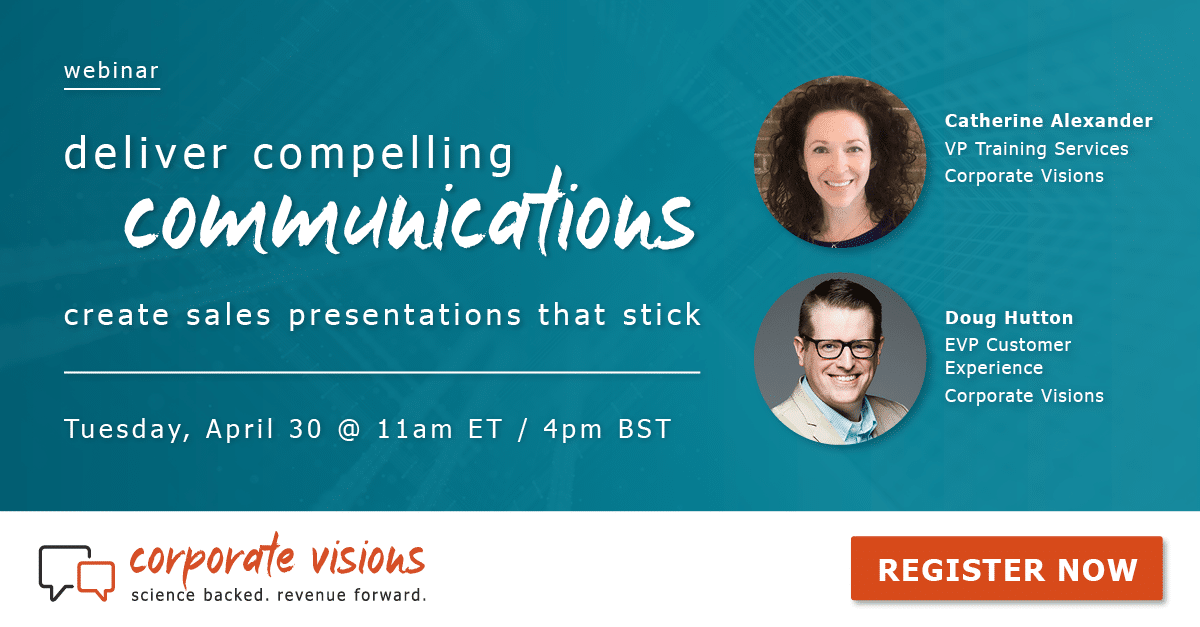Research Methodology
Our Ph.D. researchers and analysts conduct behavioral studies, neuroscience research, and real-world field trials to test hypotheses and use the findings to craft solutions.
“Best Practices” Are Not Always Best Practice
There’s a lot that’s been written about the “best practices” approach to research. But that means you’re starting with a built-in bias around what the “right” answer is. One thing that’s clear from our research is that the right answer is often the most counterintuitive answer. Starting with an ideal of what a best practice is will skew that perspective.
Best practices also are inherently “lagging practices.” It can take years to identify something as a best practice, and by that time, it’s a common practice. Best practices also suffer from being inherently company-centric and regional. Decision science, on the other hand, is completely focused on the buyers and their behavior. It’s also timeless and globally applicable.
Change to Academic Rigor, Scientific Integrity
Our solutions integrate findings from several decision science disciplines, including neuroscience, behavioral economics, and social psychology.
Sometimes the research results confirm what was expected. Other times, the results are completely counterintuitive. But in every case, all of our training and advisory solutions are guided by rigorous academic research and decision science principles.
Below are just some of the specific research methodologies we use.
Neuroscience Research
Our neuroscience studies use various tools like EEG (electroencephalogram) caps for recording brain waves, ECG (electrocardiogram) electrodes for recording heart rate, and GSR (galvanic skin response) devices for measuring peaks in arousal.
This technology captures cognitive and physical reactions at the exact moment they happen. Processing an idea can occur within tens to hundreds of milliseconds, and it may span a sequence that takes hundreds of milliseconds to a few seconds. Based on these studies, we can understand precisely what kind of stimuli will get people’s attention, keep them engaged, and help them to remember the information you share with them.
Behavioral Studies
Most academic research is, well, academic. Researchers tend to study the most readily available subjects, which might include graduate students, gamblers, and convicts. But what’s the use of doing B2B research if you’re not tapping a B2B research subject pool?
That’s why our behavioral studies report on simulations conducted with actual businesspeople, including executive buyers. We use these studies to determine what kinds of messages and content resonate with real B2B decision makers.
Field Trials
Field trials play a crucial role in studying people’s behaviors and actions in real buying situations. By testing messages, content, and cadences with actual B2B buyers, we gain deep qualitative and quantitative insights into which approaches are most effective.
Our team often collaborates with enterprise sales teams for field trials. Thus, every field trial includes real sellers and buyers in actual buying situations.
Industry Surveys
Although we use some industry surveys in our research, we don’t rely on those surveys to generate results. Surveys are simply one window into the buyer’s current thinking. In fact, there’s often a gap between what people say they believe (declared preferences) and what they actually do (revealed preferences).
Within that gap is where some of the most startling, counterintuitive results originate—and that’s what our scientific research and field trials aim to uncover.
Access the Latest Research
Buying behaviors are constantly evolving. As business practices continue to change, we make it a priority to stay at the forefront of research and adapt our recommended approaches according to the latest findings.
You can stay up-to-date with the latest research and industry trends by by joining Emblaze, the insights membership community of Corporate Visions. The Emblaze Idea Lab houses all of our research studies on revenue growth. It also serves as a vibrant community where B2B professionals can come together to discuss crucial yet often overlooked revenue challenges.





